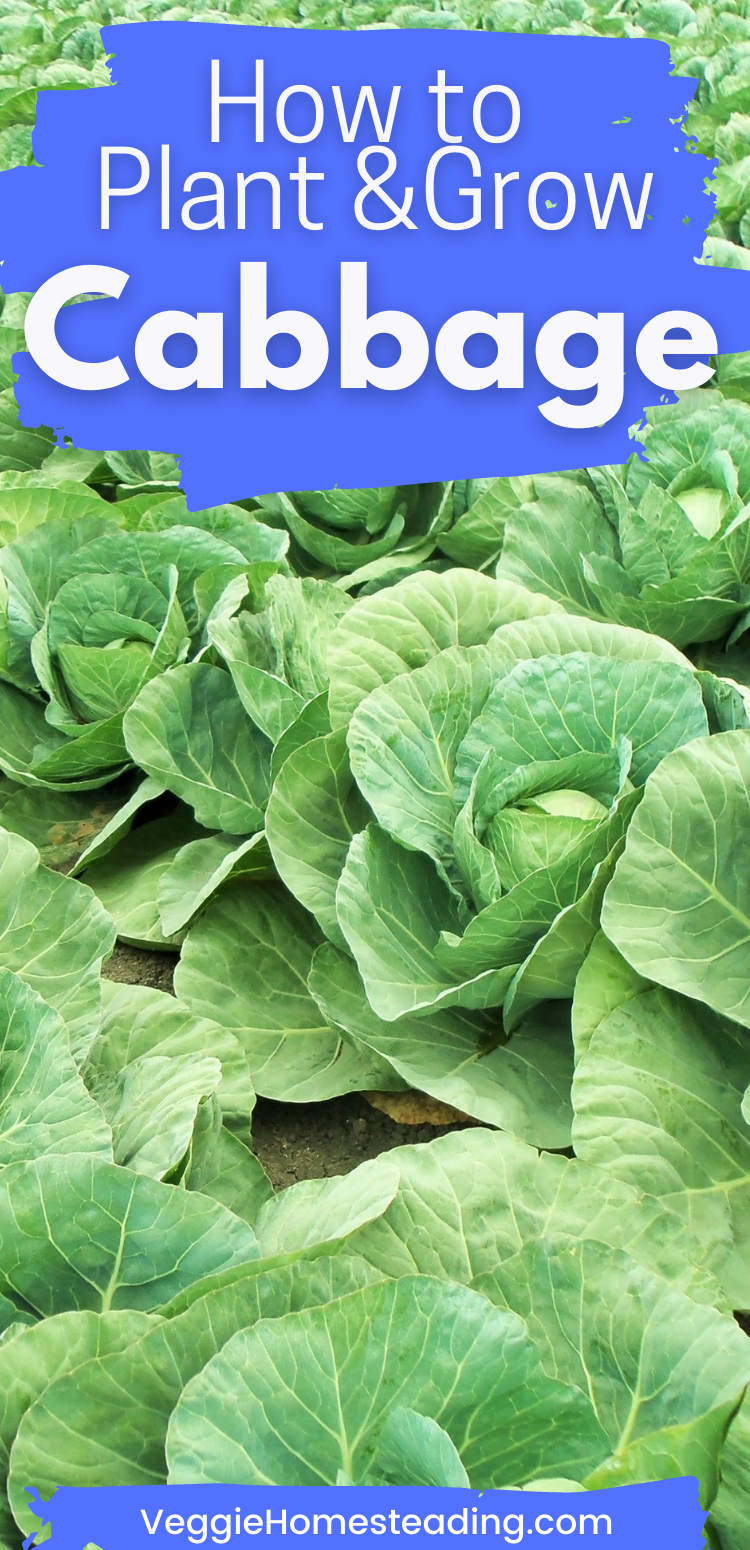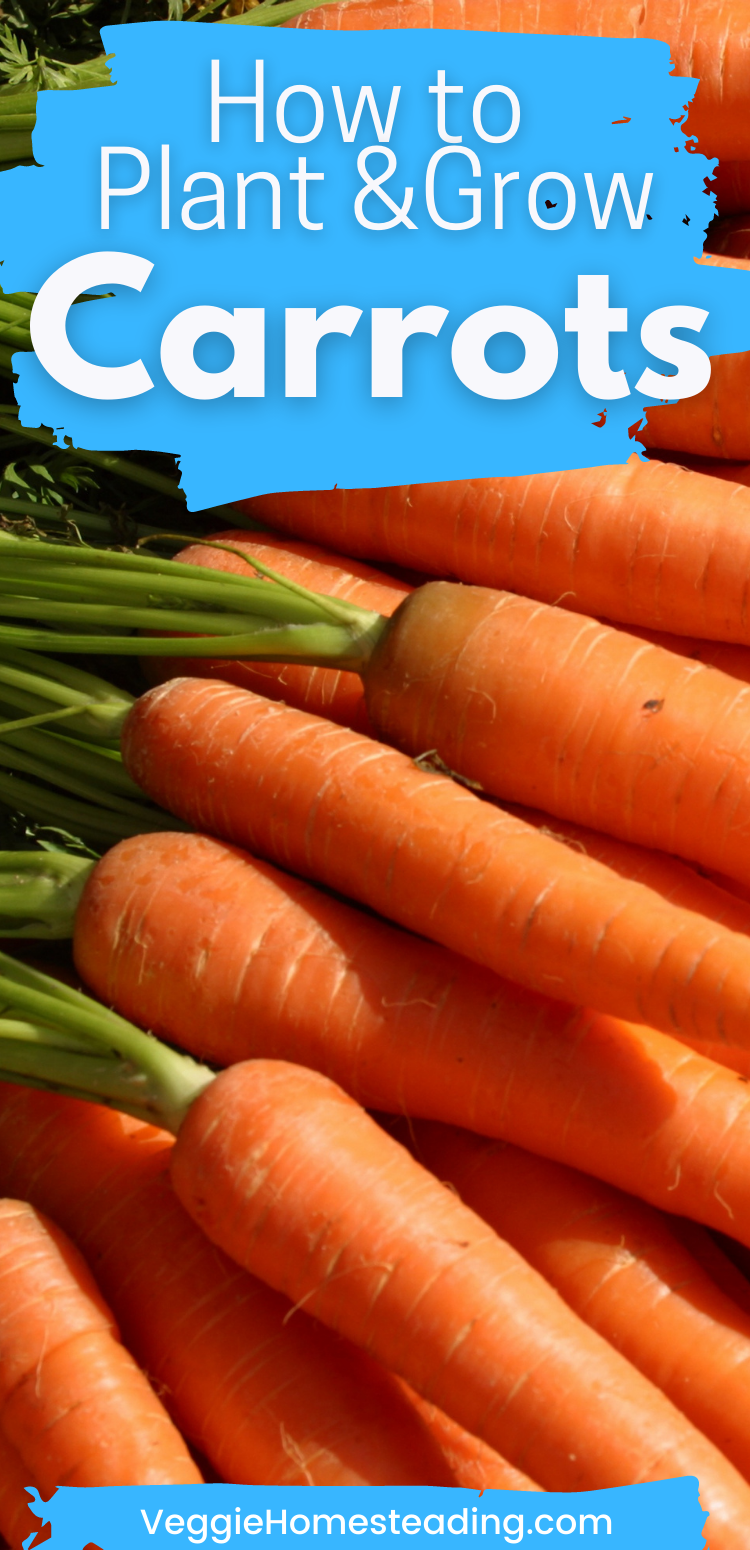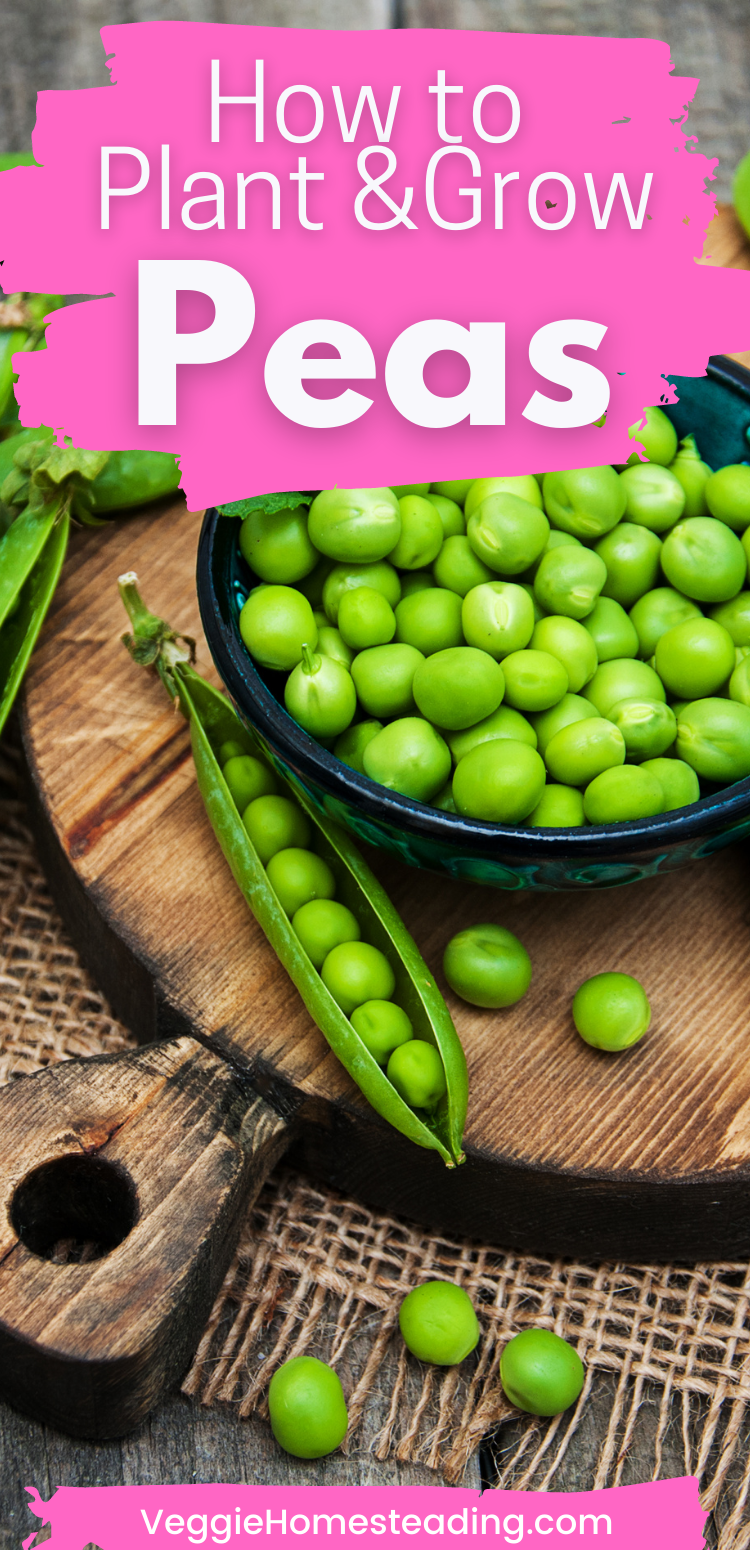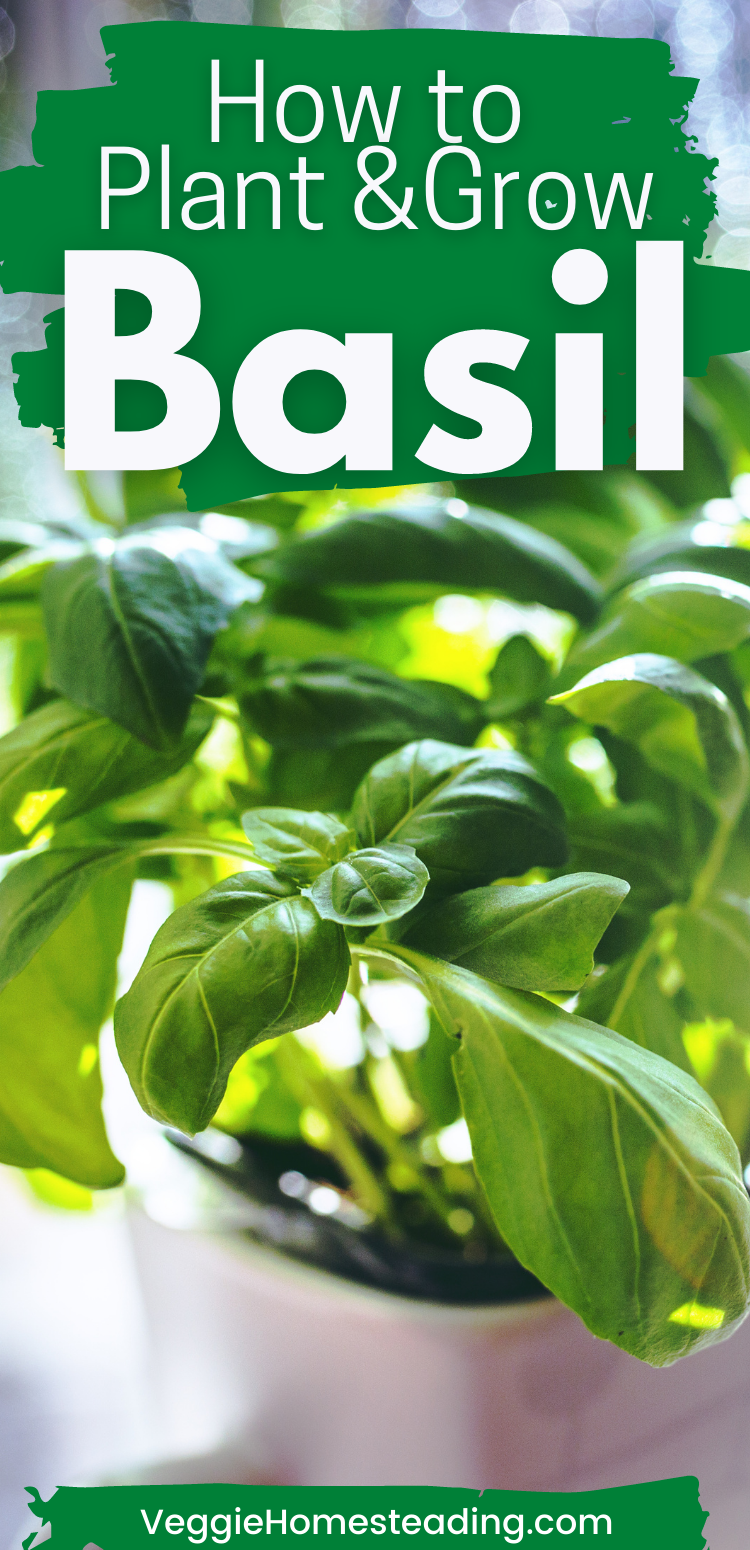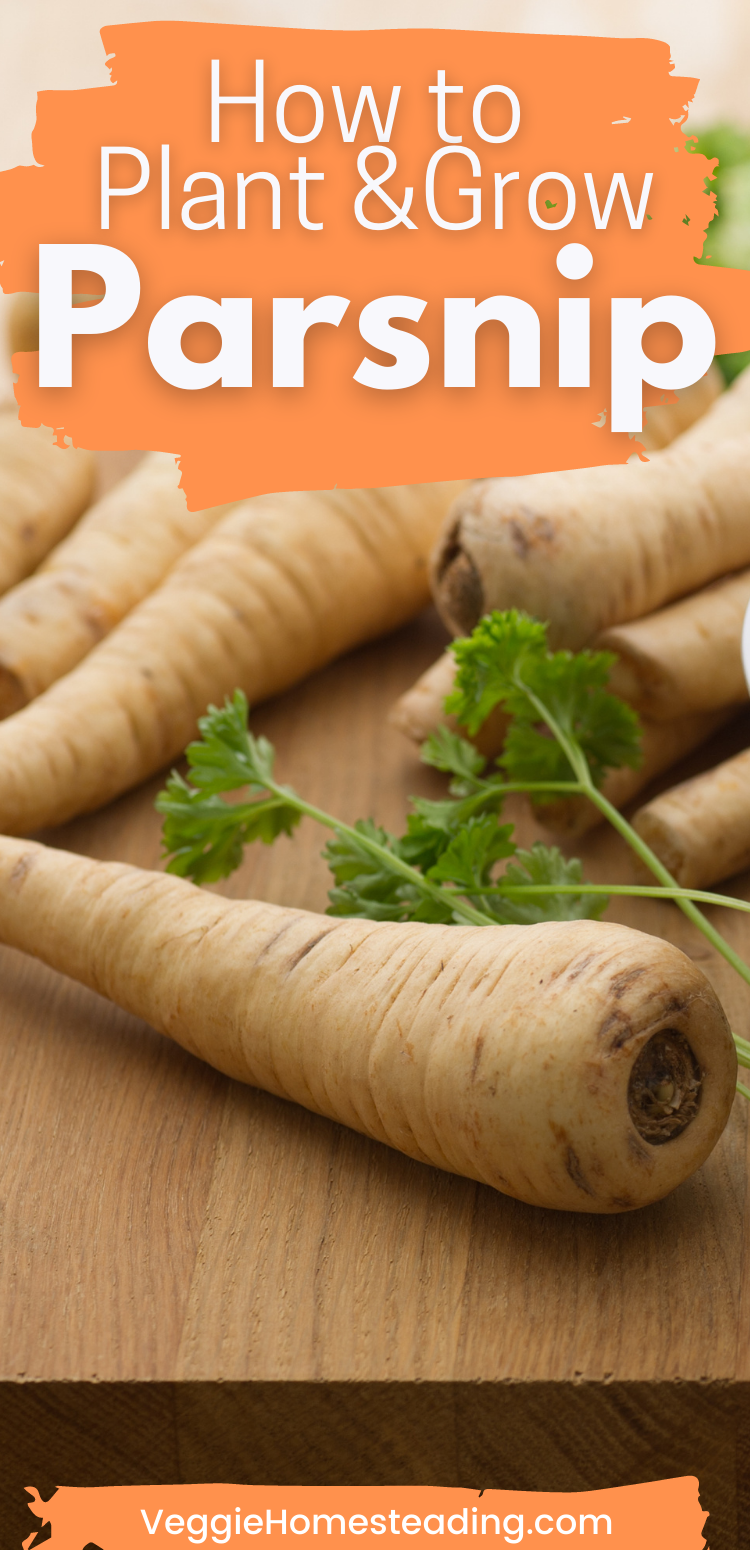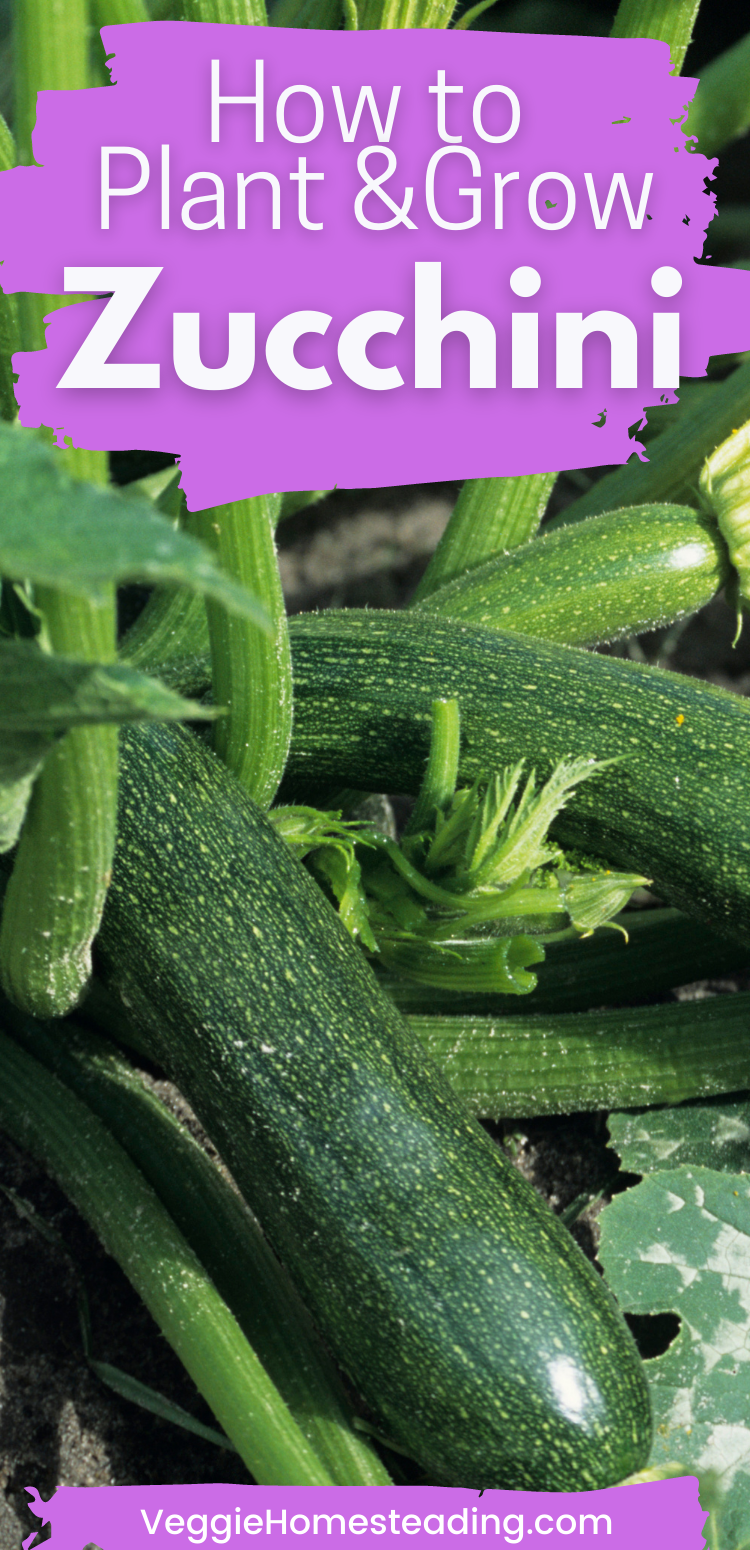Planting and Growing Eggplant
Are you looking for information about growing eggplant? Eggplants are usually a beautiful dark purple color, their color can vary, and so can the size and shape—from small- to large-fruited.
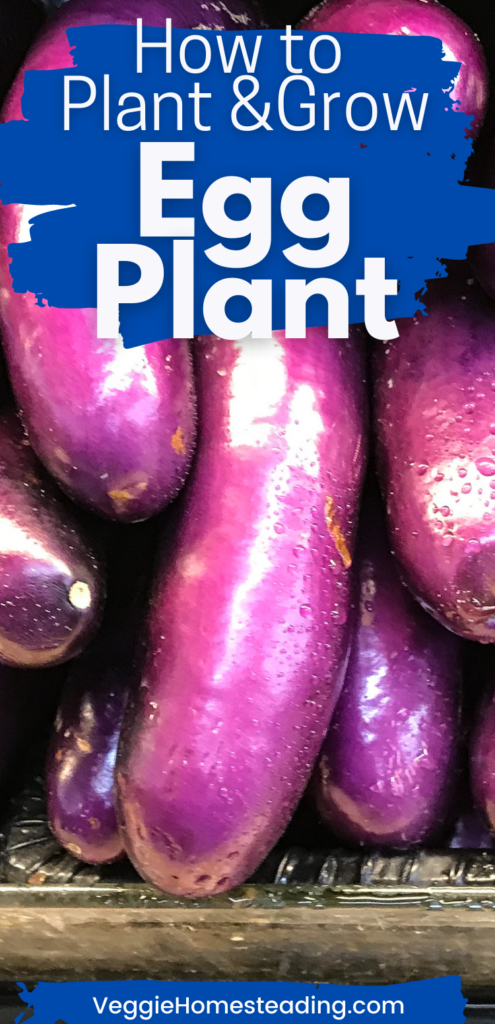
Botanical Information: Solanum Melongena
Quick Facts:
– Eggplants hang from the branches of a plant that grows several feet in height.
– Eggplants are native to South Asia where they are perennials, but in America they are treated as annuals.
Eggplant Varieties:
Black Beauty: This is the traditional eggplant. One plant produces 4-6 fruits.
Black Bell: Oval or round, approximately 6 inches, purple and black fruit. These are disease resistant.
African: A pear shape, 6 to 7 inch fruit, glossy purple or black fruit. This has an excellent flavor.
Easter Egg: An ornamental fruit which is typically white in color.
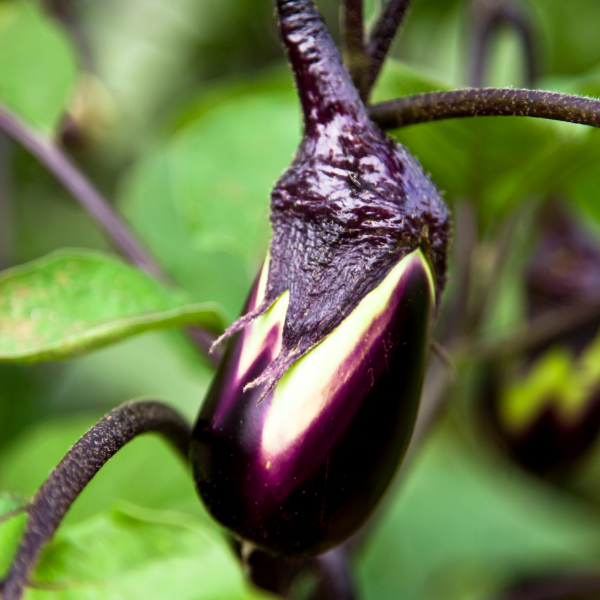
Starting:
Eggplant plants need warm soil. Do not plant until the last frost is over. It is suggested that they be planted as 6-8 week old transplants, or at least start 2 months in advance indoors. These should be planted in raised beds with stakes, enriched with composted manure. Egg plants also will grow in containers.
Eggplants grow fastest when temperatures are between 70 and 85 degrees.
Eggplants will grow the best in a well-drained sandy loam soil. Soil pH should be between 5.8- and 6.5.
If planting in a plot, use a dark-colored, 5 gallon (or larger) container that will absorb more sunlight.
Spacing:
If planting in a pot, it should be 5 gallon or larger, with one plant per pot.
If planting in a raised bed, set 3-4 inch tall seedlings 2-2.5 feet apart in rows that are 3-4 feet apart.
After planting, water well. Add a layer of mulch to retain moisture and suppress weeds.
Companions and Enemies
Zucchinis do well planted next to beans. Beans help to fix the nitrogen levels that will balance the pH level, helping zucchinis to grow stronger. Other companions to zucchini is dill, garlic, mint, oregano, peas, radishes and marigolds. Corn is also a fantastic companion plant, because the corn stalks help to keep the vines off the ground.
There are a few plants that would devastate a zucchini plant. This includes potatoes, fennel and pumpkin.
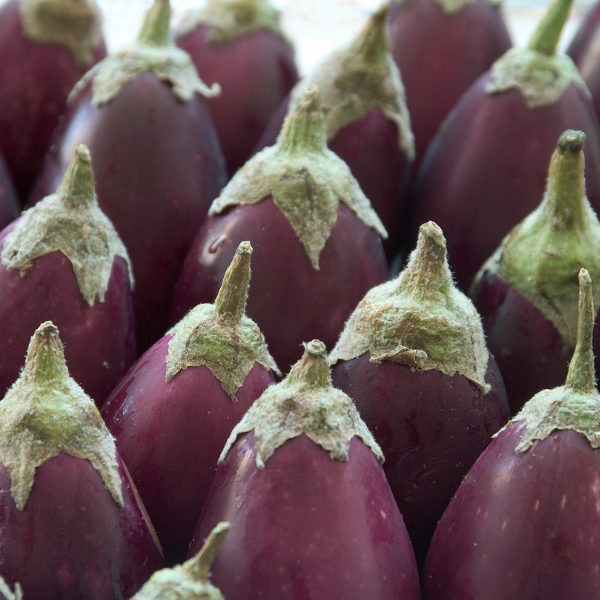
Watering :
Water well to moisten the soil to a depth of at least 6 inches so the soil is mostly moist but never soggy. Constant watering is beneficial. This can be done best with a soaker hose or drip system at ground level.
Light:
Eggplant plants are sun lovers. They need at least 6 hours of full sun. The more sun the better, though.
Maintenance
Eggplants do well with a moderate amount of fertilizer. Well-rotted manure or general fertilizer will work. These should be placed in the bed about a week before planting as well as twice during growing season.
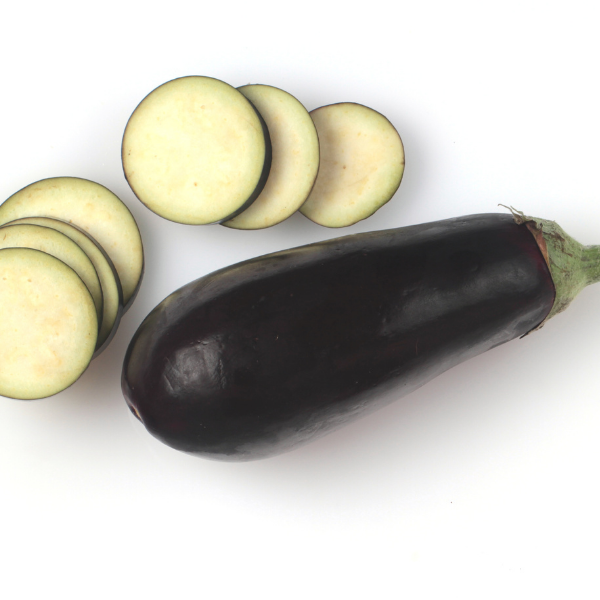
Pollination:
Eggplant plants are self pollinating when planted in a garden. If planted in a greenhouse, this can be done with a paint brush or q-tip to move the pollen around.
Common Problems
Flea Beetles: These are the most common pests. While a healthy eggplant should be able to withstand these pests, young plants may not be able to.
Powdery Mildew: The best method for this is prevention. Plant in full sun and provide good air circulation. Water on the soil, not the leaves.
Tomato Hornworms: Can sometimes be an issue.
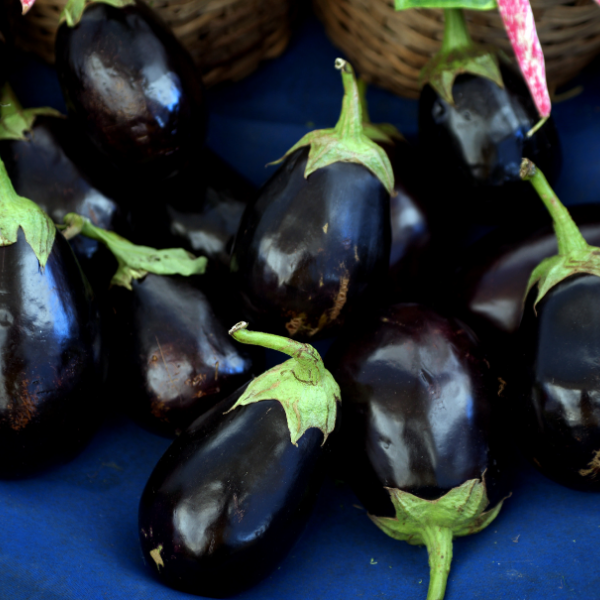
Harvesting
The best way to know if the fruits are ripe is when their skin first fails to rebound to fingernail pressure. It is important to harvest at the right time because the fruit can taste bitter if picked when under ripe or overripe. The skin should be glossy and uniform color.
When harvesting, do not pull the fruit, cut it with a sharp knife close to the stem, leaving about an inch of the stem attached.
Storing & Preparing
Eggplant should be stored in the refrigerator. The best temperature should be 45-50 degrees. Keep the fruit whole until you are ready to prepare. To prevent discoloring of cut eggplant, marinade with salt, vinegar and/or lemon juice.
Cooking the eggplant can be done in multiple ways, including grilling or frying. If you tenderize an eggplant, it will become less bitter.

